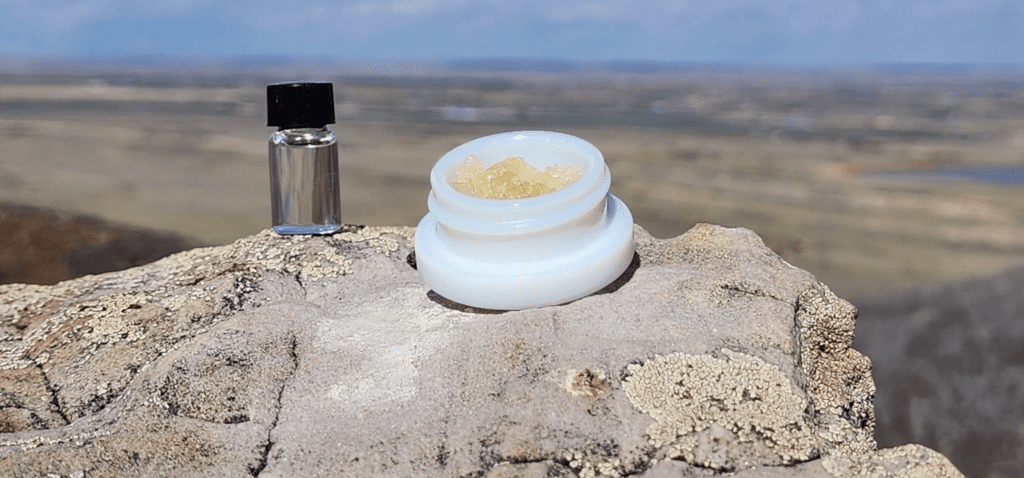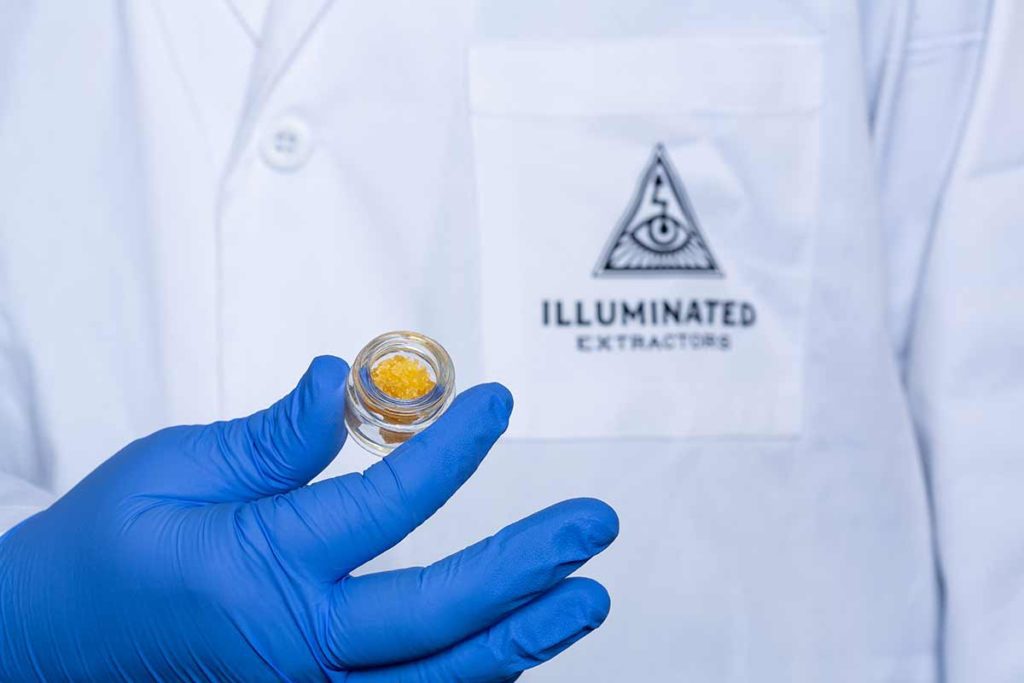Consumer demand is growing for products containing cannabis-derived terpenes. Vape pens, diamond sauces, and even pre-rolled products are being infused with cannabis-derived terpenes. This has cannabis processors shifting gears to make sure they’re able to capture and preserve these sensitive compounds. Terpene extraction requires a chemical process that does not damage the terpenes to achieve an unaltered final terpene profile. Hydrocarbon extraction is the most efficient and cost-effective process for high terpene extractions. The combinations of these different compounds provide end users with subtle differences in their experiences.
Research is increasingly revealing that the cannabis plant produces over 200 varieties of terpenes, such as limonene, myrcene, and linalool. This finding suggests that the cannabis species has one of the highest concentrations of terpenes compared to other plants. Terpenes, which are organic compounds, are present in cannabis flowers naturally. Although researchers are investigating the possible health benefits of individual terpenes sourced from other plants, experts in the field of cannabis believe that terpenes provide superior effects when combined/formulated.
Terpenes also referred to as terpenoids, isoprenoids, and terps, are organic chemicals responsible for smells, aromas, and flavors throughout nature. Ongoing research aims to determine if these individual terpenes have health benefits both individually and combined with one another. Many cannabis experts believe when different individual terpenes are combined, users can experience different, even determine probable physiological effects.
Terpene profiles are various and wide-ranging between the different strains. However, even plants of the same strain can have slightly different terpene profiles. Terpene production is determined by several environmental influences, including light, nutrients, temperature, and stress or lack thereof.
Other solvents used for extraction, such as ethanol and carbon dioxide, can extract cannabinoids but don’t do a good job of pulling and preserving terpenes from biomass. Terpenes are sensitive chemical compounds. Temperature, pressure, and even exposure to light can cause deterioration resulting in the loss of flavors, aroma, and possibly physiological effects.
For years the solution for many companies has been the introduction of terpenes that have been mainly extracted from other botanical sources. However, as demand for cannabis-derived terpenes increases, this is becoming a less accepted practice for an increasing segment of the consumer base.
Though high-profile terpene extracts get the credit for the smell and the taste of the cannabis products we consume, many users feel they offer an array of health benefits. Research gaining headway even suggests terpenes may help improve overall cognition. Many users report that when consuming products containing certain high terpene profiles, they experience enhanced working memory, executive functions, and concentration. Pinene, for example, is reported to not only improve mental processes but also said to be anti-inflammatory and anti-bacterial. Anxiety and depression are said to be alleviated by two of the terpenes most common in cannabis, linalool, and pinene. Evidence increasingly suggests that terpenes may relieve the side effects of opioid and psychostimulant withdrawals, which is increasingly needed as Western medicine often over-prescribes these habit-forming substances.
For decades, hydrocarbon extraction has been a go-to method in the food industry for producing multiple products from a single extraction without requiring numerous refinements. This process typically involves the use of hydrocarbons like propane and butane, which occur naturally in organic material and sedimentary rocks.








